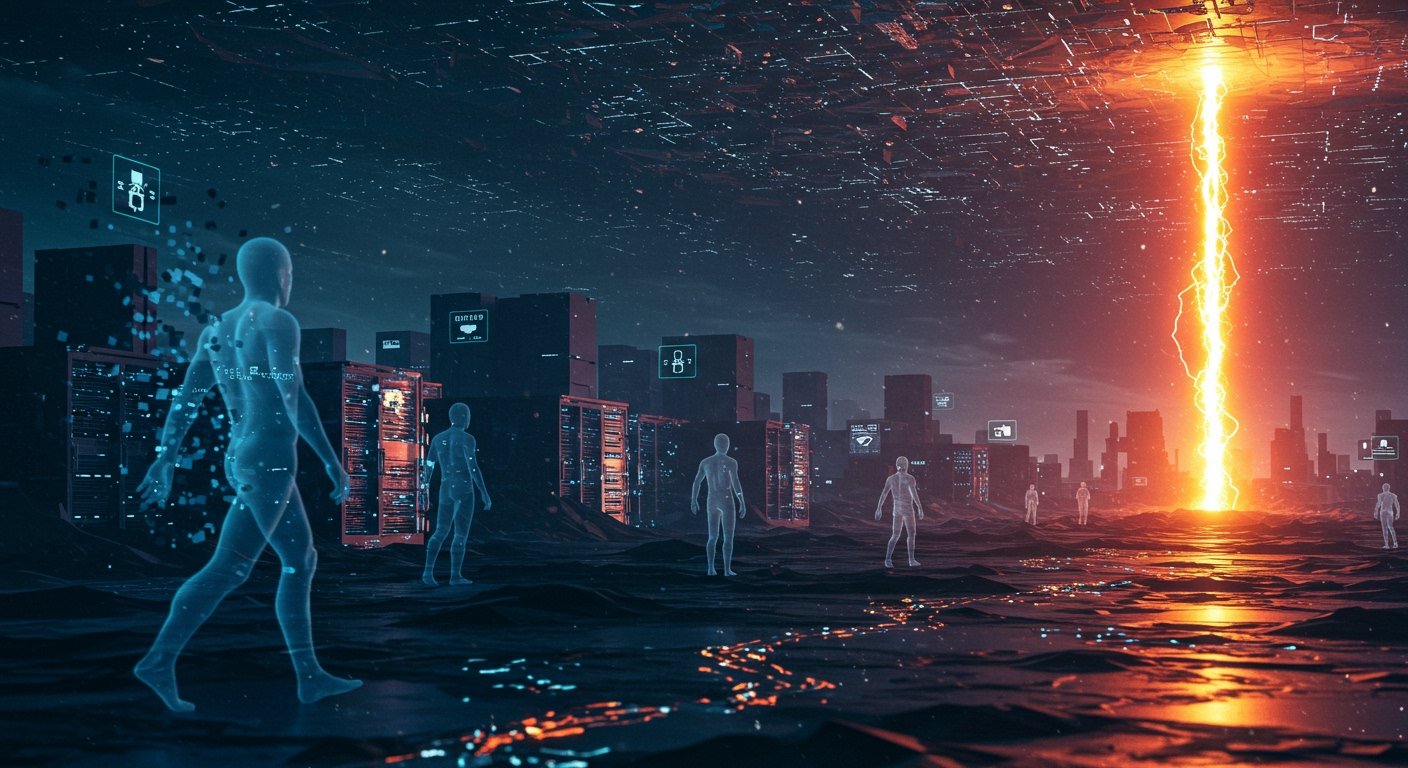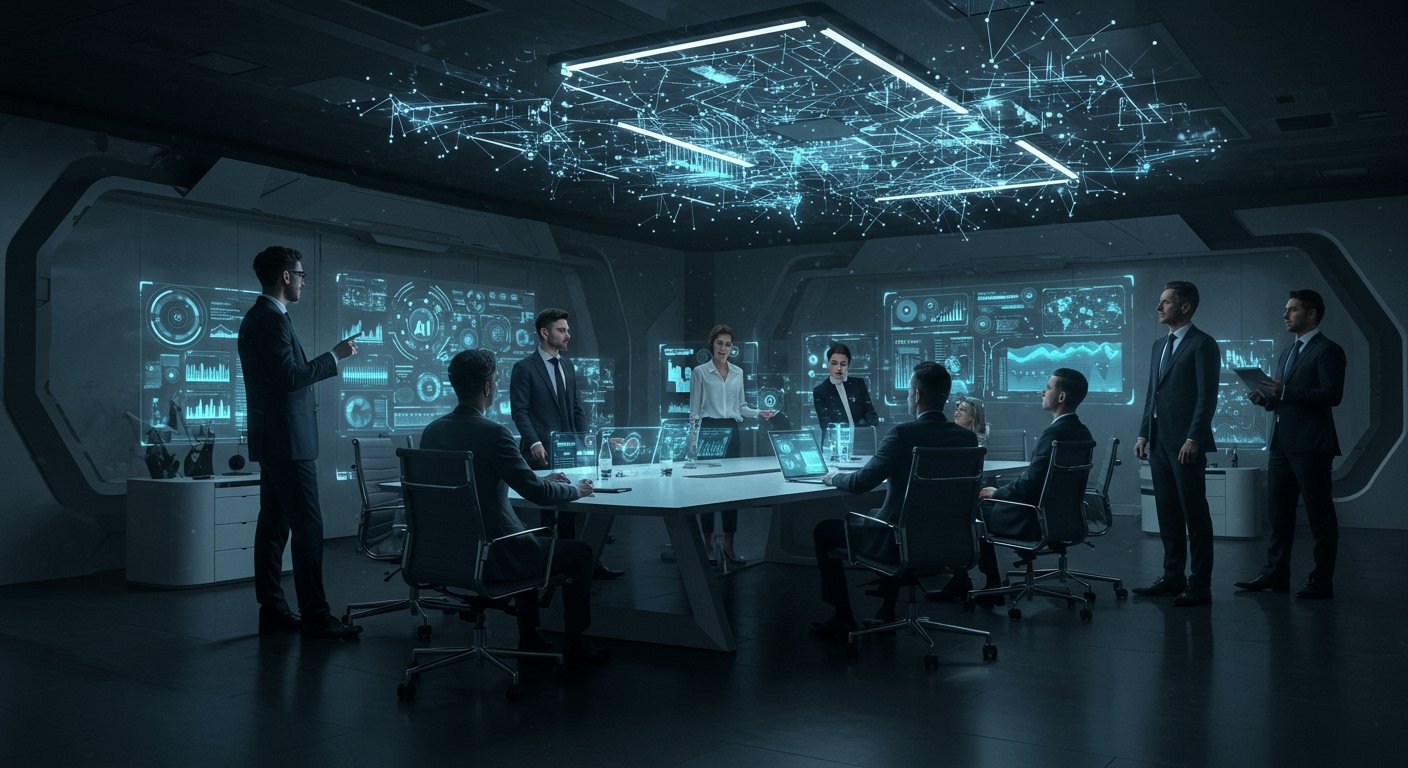The technology sector experienced a dynamic week marked by significant workforce adjustments at industry giants and substantial investment in future energy solutions, according to reports covering the week of June 15, 2025. Major players like Microsoft and Amazon are actively navigating the transformative impact of artificial intelligence on their operations and workforce structures, while concurrently, a company co-founded by Bill Gates focused on nuclear power secured a substantial funding round.
Microsoft’s Ongoing Workforce Reshaping
Microsoft is reportedly anticipating further job reductions, with indications pointing towards cuts primarily affecting sales roles. This follows a significant global workforce reduction implemented by the software giant in May 2025, which saw a nearly 3% decrease, impacting approximately 6,000 people. These anticipated additional cuts are part of ongoing organizational changes, according to a spokesperson for Microsoft.
The recent workforce adjustments have had a notable impact in the Pacific Northwest. Specific cuts included 305 layoffs in Redmond, Washington, the location of Microsoft’s headquarters. This latest figure brings the total reported layoffs within Washington state across various tech companies in recent times to nearly 2,300, underscoring a broader trend of recalibration within the sector.
Beyond direct workforce size, Microsoft has also explored the potential societal implications of widespread AI adoption. The company recently released a report suggesting that AI could intensify workplace challenges, potentially leading to an concept it termed an “infinite workday” if companies do not proactively adapt time and priority management strategies to leverage the technology effectively without overwhelming employees.
Amazon’s Perspective on AI and Employment
In a related development illustrating the industry’s grappling with AI’s impact, Amazon CEO Andy Jassy communicated his perspective on the technology’s future effect on the online retail and cloud computing behemoth’s workforce. Jassy told employees that generative AI is expected to reduce the total corporate workforce in the coming years. He indicated this reduction would primarily occur by increasing efficiency across various roles and functions. However, the exact net impact on overall employment levels remains unclear at this stage.
Jassy’s remarks come as Amazon heavily invests in and develops generative AI capabilities. The company is actively working on over 1,000 generative AI services and applications, signaling a deep commitment to integrating the technology across its vast operations, from e-commerce to cloud services.
Powering the Future: TerraPower Secures Major Funding
Amidst the discussions about technological shifts and workforce evolution, significant investment is flowing into the energy sector, particularly in solutions required to power the increasing demands of advanced computing. TerraPower, a nuclear power company co-founded by Bill Gates, announced it had secured a substantial $650 million in new funding.
This significant funding round included participation from new investors, notably NVentures, the venture capital arm of NVIDIA, the leading designer of graphics processing units essential for AI and high-performance computing. Existing investors, including Bill Gates himself and HD Hyundai, also contributed to the round. The investment highlights growing confidence in advanced nuclear technology as a viable clean energy source.
The substantial capital injection arrives at a time when technology companies face escalating power demands, largely driven by the proliferation of energy-intensive AI data centers. Securing reliable and clean energy sources is becoming increasingly critical for sustaining the growth and operation of these digital infrastructures, making investments in companies like TerraPower strategically important for the future of the tech industry.
Looking Ahead
The events of the week underscore a period of significant transition within the technology sector. Companies are actively adjusting their workforces in response to current economic conditions and the anticipated productivity gains from artificial intelligence. Simultaneously, the very infrastructure supporting this AI revolution – specifically the power required for data centers – is driving major investments in energy innovation. How these interconnected trends of workforce transformation, AI integration, and energy development unfold will shape the industry and global economy in the years to come.




